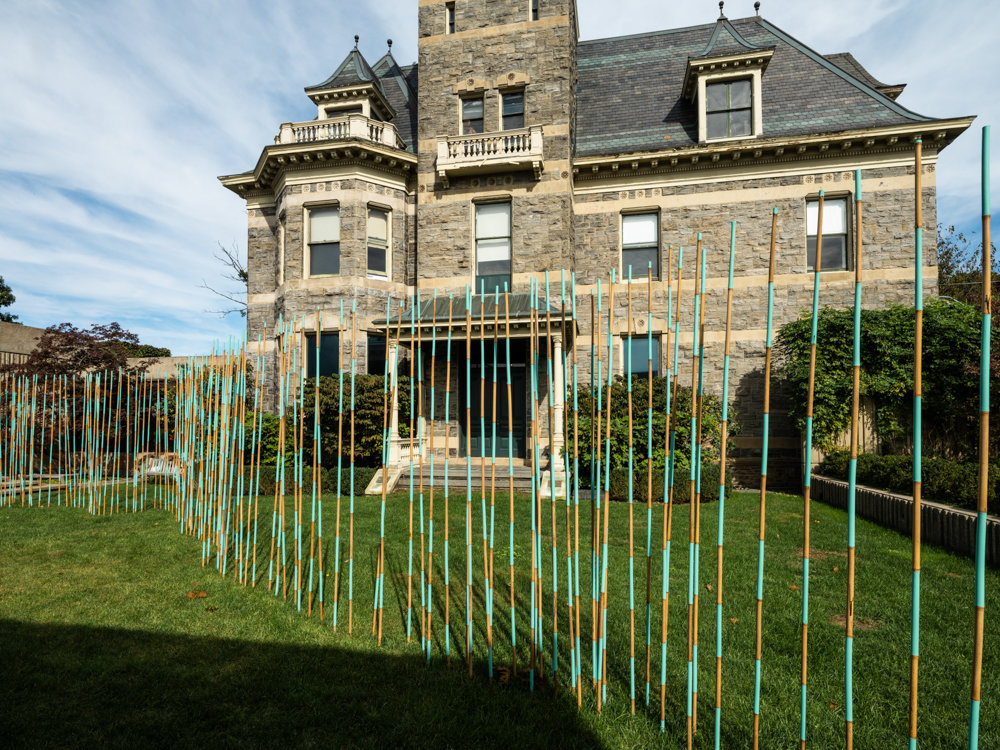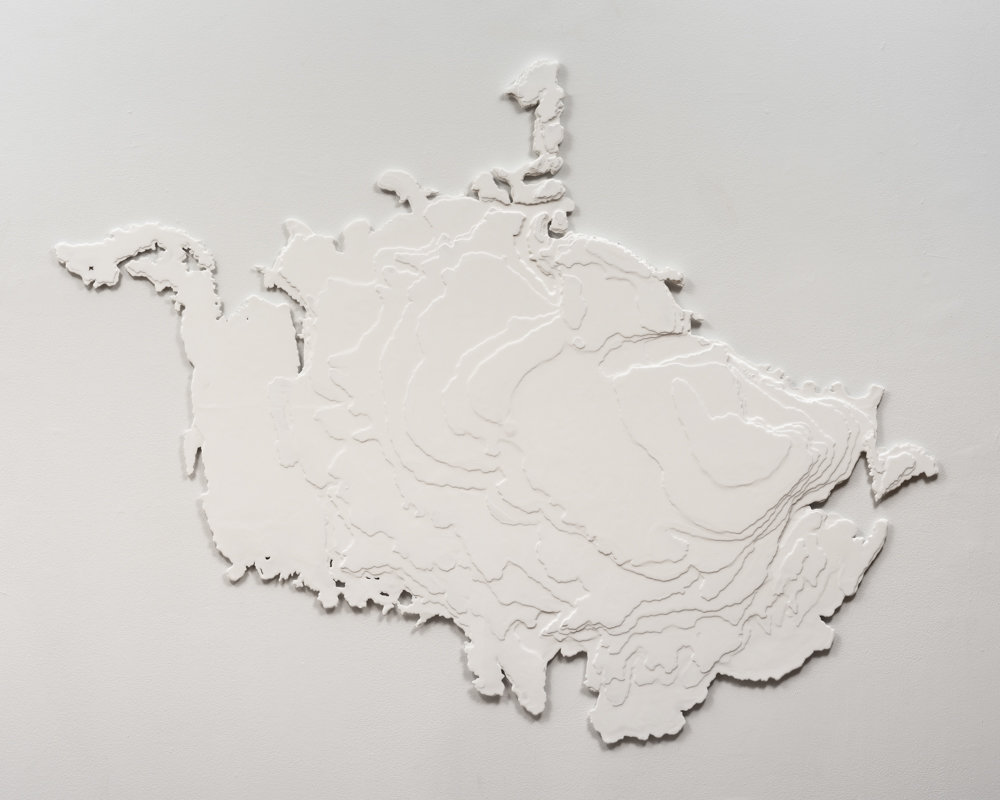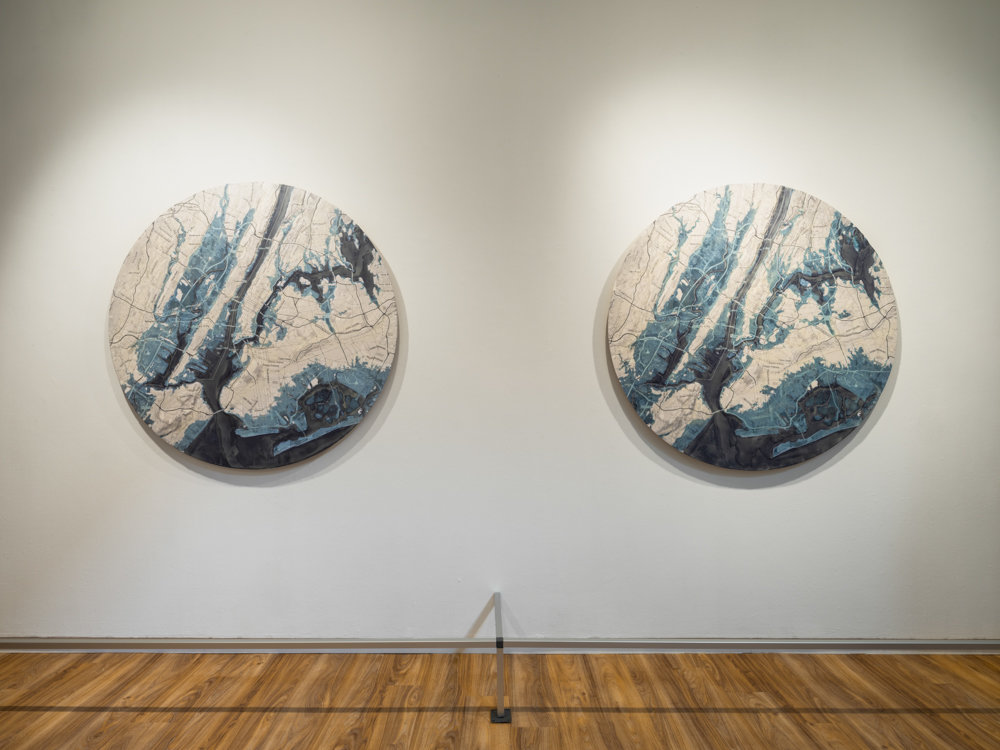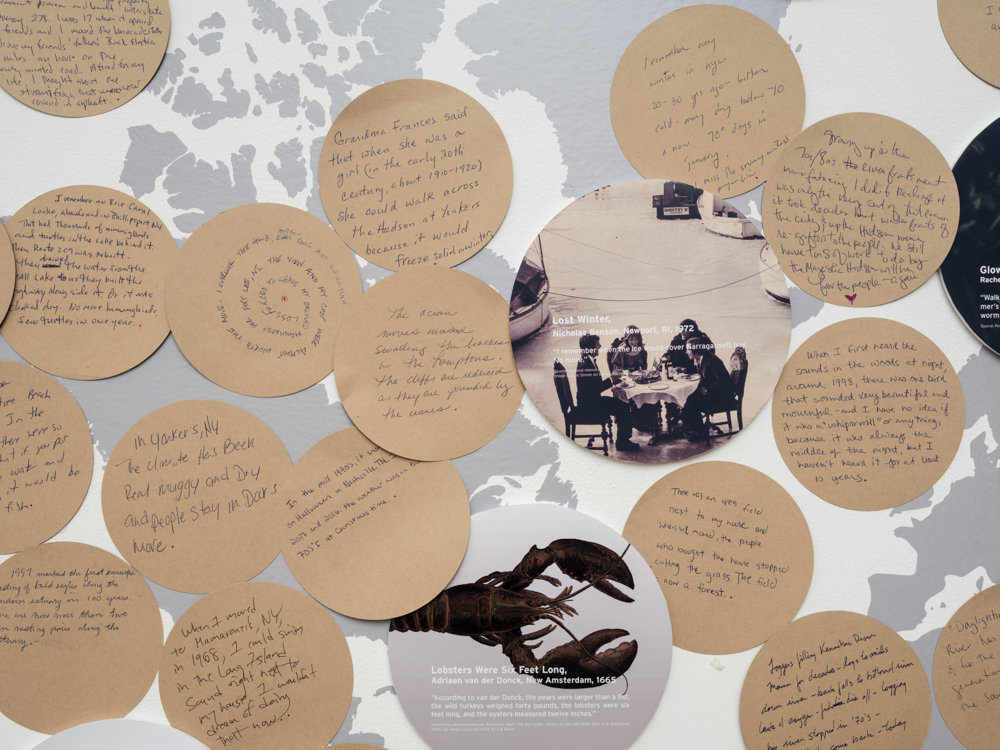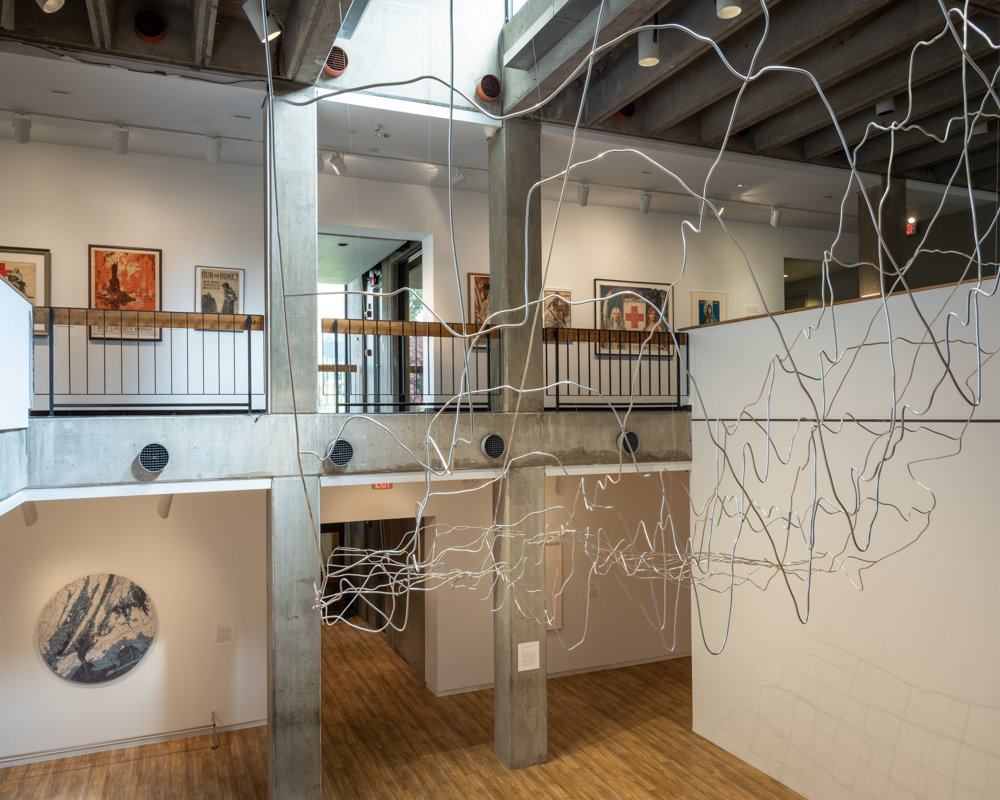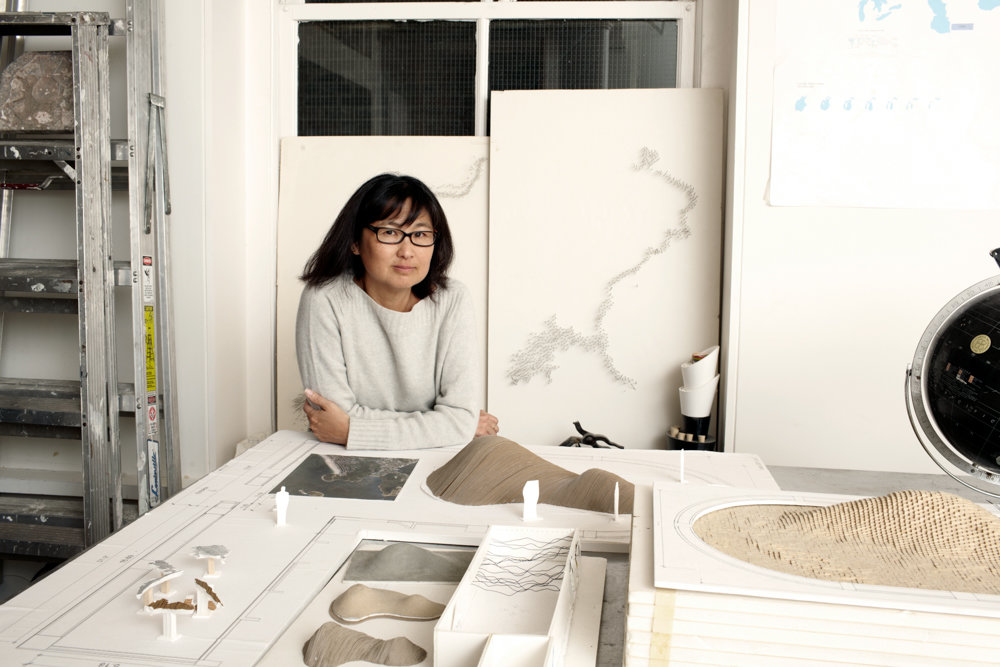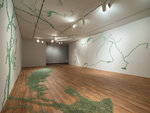A deep dive into the Hudson
There’s more than meets the eye when it comes to the Hudson River, and Maya Lin is on a mission to let everyone know it.
The artist, designer and architect — who was first introduced to the world when she won a national competition to design the Vietnam Veterans Memorial in Washington in 1982 — is no stranger to the Hudson River or even Yonkers. In 2004, Lin designed Greyston Bakery — the Yonkers-based company that provides brownies for the Ben & Jerry’s ice cream company — when it moved to a larger facility. A decade after that, she and art collector husband Daniel Wolf bought Yonkers City Jail and transformed it into a private art space.
Now she’s making her mark again, teaming up with the Hudson River Museum for “Maya Lin: A River is a Drawing,” an exhibition focused on the artistic, historical, and environmental aspects of the Hudson River through her eyes. The exhibit is on display through Jan. 20.
Lin’s exhibition was all thanks to guest curator Miwako Tezuka, who proposed the idea to the museum and made it a reality.
“She really brought that idea as a dream project that we could all get behind, and so we reached out,” Laura Vookles, chair of the museum’s curatorial department, said.
“Maya Lin: A River is a Drawing” officially opened Oct. 12 and features 12 works that are presented in seven different sections throughout the museum. Lin works with materials ranging from recycled industrial glass marbles to bamboo reeds in order to bring a well-rounded environmental perspective about the Hudson River to museum visitors.
“Her commitment to the environment is really deep,” Vookles said. “All of her pieces are based on research, whether it’s scientific or historical.”
One of Lin’s notable pieces that exemplifies this commitment to the environment and research is “Pin River — Hudson Watershed,” a sculpture of the Hudson Watershed made up of nearly 20,000 pins.
“It’s hard to wrap your brain around how giant the Hudson River watershed really is, “Vookles said, “and how much impact that has and how much land it covers all over New York State and even beyond.”
When it comes to the interdisciplinary aspect of Lin’s art, Lin’s work intends to “make the information available as artworks,” Vookles said, but also approach it in a way that it doesn’t feel like the ideas explored don’t seem like they’re straight out of a science textbook.
“I think (Lin) wants to catch your attention and sort of wow you with this beauty,” she said, “but also have you curious and … show you things that are not always apparent on the surface.”
One piece attracting a lot of interest is Lin’s “Hudson Bight,” a 30-foot installation hanging in the museum’s atrium. The installation represents a seafloor map of the Hudson Canyon, a submarine canyon that was created thanks to glacial change that occurred at the end of the last ice age.
“They’re so intrigued that they can be right here and maybe they even feel an ownership like, ‘The Hudson River is my river,’” Vookles said. “But there’s something we’re showing them that we’ve never shown them before.”
As Lin’s exhibit wraps up in a few weeks, Vookles wants future visitors to think about how nature can be depicted in various forms of art.
“I hope they go away thinking that we’ve kind of blown their mind with some gorgeous contemporary art that they’ve given more thought to,” she said.
Vookles also hopes the exhibit makes people think more about the environment.
“It’s a very divisive topic, sometimes, to talk about climate change in an era when there’s some people that don’t even believe in it, and some people that believe in it but think that there’s nothing that can be done about it,” she said. “And I think sometimes in the presence of beautiful art, you can have a different kind of experience. And maybe it’s a safe space to have conversations about that.”


